Seems LG Electronics’ involvement in the future of the Proton Iriz isn’t just limited to the ADAS stereo camera and the NEXLIDE lights – MITI minister Datuk Seri Mustapa Mohamed has posted pictures of a Proton Iriz electric vehicle (EV) prototype on his Facebook page.
Not completely far-fetched, this, since we know the Iriz’s all-new platform can has been designed to support hybrid and electric powertrains. Pictured here at LG’s R&D facility in Incheon, Seoul, the Proton Iriz EV prototype is claimed to have an all-electric range of 240 km – if that is so, it’s pretty impressive. The Nissan Leaf sold here only travels less than 200 km on a single charge.
Malaysia Automotive Institute (MAI) CEO Madani Sahari revealed recently that a prototype of a locally-assembled electric vehicle will be completed by September 2015, and that it would be the result of a joint-venture between a local company and a foreign one. Was this what he meant?
Late last year, we reported that Proton was targeting to bring its first EV to market by end-2015. Before that, Parliament was told that Proton would begin selling electric vehicles by 2014. At that stage, the national car company was collaborating with UK-based Frazer-Nash Research to develop its own EV. It has also worked previously with Detroit Electric.
Now that we know an electric version is alive, when can we expect an Iriz hybrid?
AD: Drive the Proton model of your dreams. Submit your details and Proton PJ will get in touch with you.
Looking to sell your car? Sell it with Carro.


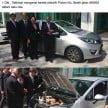

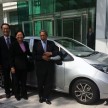
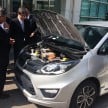


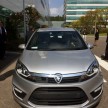
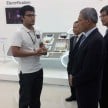
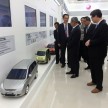
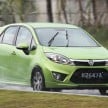


















AI-generated Summary ✨
The comments generally express excitement and optimism about Proton's new EV prototype in Korea developed with LG, highlighting the potential for advanced technology, safety features, and a longer driving range of 240km. Many hope for Proton to produce the vehicle quickly with reliable warranties, and compare the EV to international benchmarks like Nissan Leaf. Some skeptics raise concerns about real-world range, charging infrastructure, and the importance of hybrid options given current local limitations. There is also discussion about LG’s involvement, with some believing LG led the design and technology, while others question the true contribution. Overall, commenters show a mix of enthusiasm, hope for Proton’s future in EV, and a desire for better infrastructure and long-term support.